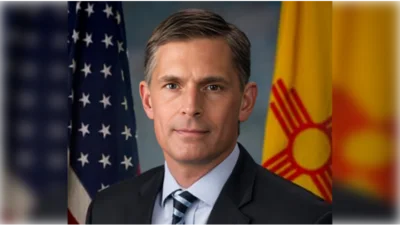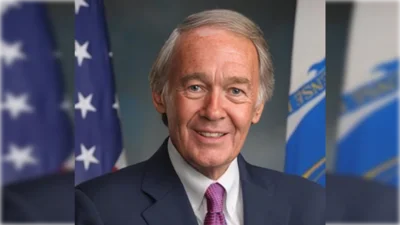U.S. Senator Shelley Moore Capito, who chairs the Senate Environment and Public Works Committee, led a hearing in Washington, D.C., focused on policy issues related to the cleanup and disposal of per- and polyfluoroalkyl substances (PFAS). In her opening statement, Capito addressed the absence of clear federal guidelines for PFAS remediation and the challenges this creates for infrastructure projects across the country.
Capito highlighted that project managers often encounter PFAS contamination during major construction activities such as airport expansions, road rebuilding, bridge repairs, and water system replacements. She noted that without established standards or clear guidance on liability, it is difficult to clean up sites once contamination is found.
She stated: “This Congress, the Environment and Public Works Committee has examined many issues associated with PFAS contamination and remediation, including potential impacts on public health, liability issues and the EPA's regulatory responses.
“I have seen first-hand the impact of PFAS contamination in my home state of West Virginia, and I am going to continue leading this Committee’s efforts to protect the health of my constituents, clean up legacy pollution and ensure the folks responsible for the contamination fund their share of the clean-up costs.”
Capito explained that current practices leave project managers uncertain about where contaminated soil should be disposed of or what standards must be met. Insurance companies often will not cover landfills if soil is not tested for PFAS; even when testing occurs, there are no consistent federal benchmarks. This situation can lead contractors to submit high-cost bids or avoid bidding altogether on necessary infrastructure work.
She discussed recent actions by the Environmental Protection Agency (EPA), including its enforcement discretion policy designed to shield certain passive receivers like landfills from liability after designating PFOA and PFOS as hazardous under CERCLA. However, she argued that these measures do not resolve practical concerns currently slowing projects.
Capito called for clearer EPA guidance: “The EPA can take steps now to improve how these problems are managed throughout the full lifecycle of a construction project. The Agency should issue clear disposal guidance to restore predictability, so contractors and landfills know where to dispose of contaminated soil.”
She also pointed out that military sites and airports remain significant sources of ongoing PFAS contamination. According to Capito, while new destruction technologies have been validated by EPA testing—showing they can eliminate more than 99.99 percent of PFAS—these solutions are costly. She urged EPA guidance on which management approaches fit different situations.
On legal matters, Capito referenced previous brownfield cleanup processes as models for addressing liability: “Liability issues must be addressed. The EPA should provide predictable pathways for good-faith actors using the proven, bipartisan model established under the brownfield cleanup process.” She mentioned that administrative settlements offer interim protection but emphasized statutory solutions similar to those adopted in 2002 Brownfields Amendments as a permanent fix.
Concluding her remarks, Capito said: “Congress must come together to enact a bipartisan solution to minimize future PFAS contamination, develop a clear path to destroy PFAS and protect passive receivers. I am committed to working with members on both sides of the aisle, and I look forward to hearing from our witnesses.”









